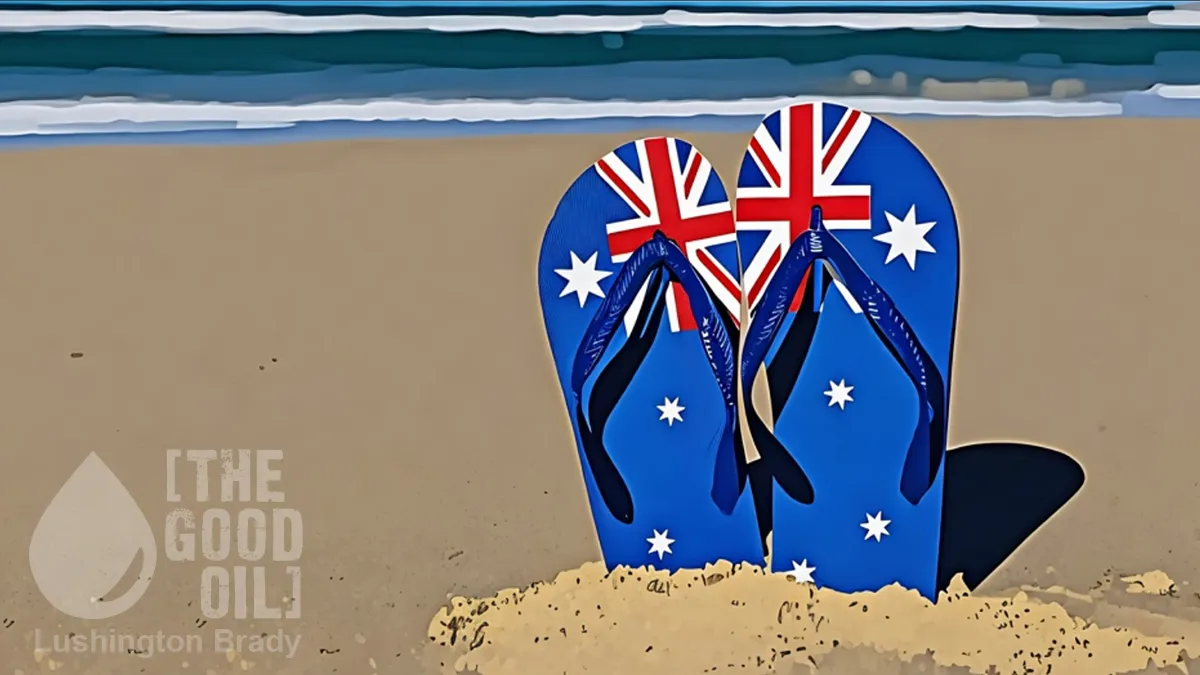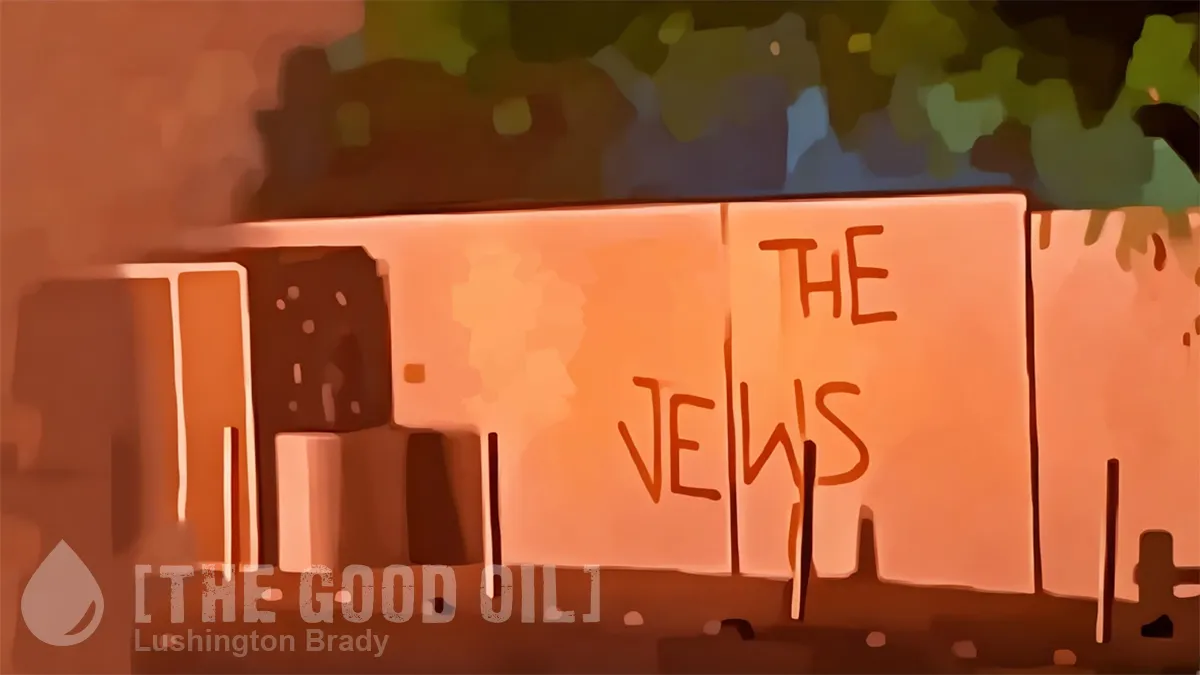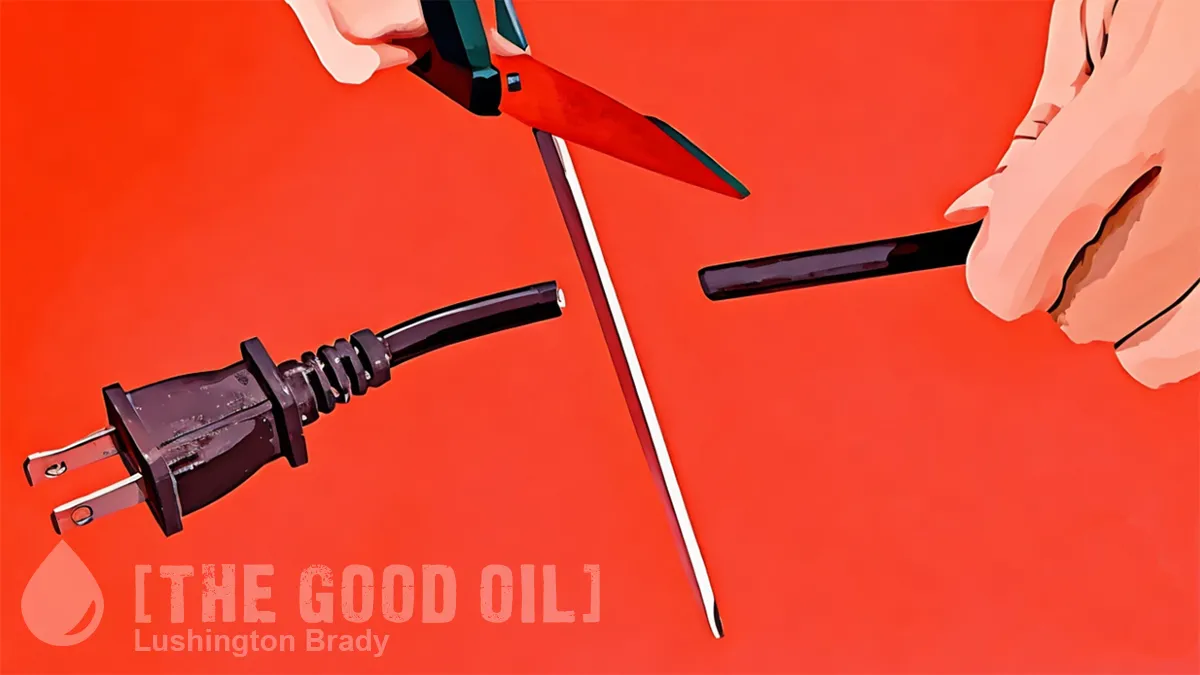In a recent episode of what is surely the best sitcom of all time, It’s Always Sunny in Philadelphia, degenerate businessman Frank Reynolds (Danny DeVito) delivers a pretty accurate lesson in the basics of inflation and recession.
If only more of our chattering classes had a Frank Reynolds to tell them what’s what. Because, according to them, spiralling interest rates are all just at the tyrannical whim of the wicked, out-of-touch Reserve Bank. That the Reserve is trying to battle a never-ending concatenation of inflationary pressures from a taxing-and-spending left-wing government is just so much crazy-talk to them.
And the idea that over a year of lockdowns would have any sort of knock-on effects on the economy is not just wrong, but, they argue, morally evil. How dare anyone point out that there would be inevitable trade-offs from panicked pandemic policy? “Save lives!”
Even worse, as the economic pigeons of the pandemic panic flock home in droves, the elite class have only one answer to economic disaster: their favourite Ponzi scheme: mass immigration.
The nation faces a lost year-and-a-half of economic stagnation, with turbocharged migration the only thing preventing the economy from plunging into recession as millions of households are squeezed between soaring cost of living and interest rate hikes.
A further plunge in consumer spending and a looming rapid shake-out in already vulnerable industries such as housing construction, retail and hospitality could see the number of unemployed Australians rise 200,000 over the coming two years, new analysis has found.
With Australia facing 200,000 more unemployed over the next two years, the government is importing 750,000 more people.
Are these people barking mad?
Ahead of Tuesday’s Reserve Bank board rates decision, KPMG chief economist Brendan Rynne said that unlike the previous two jarring slowdowns triggered by the Covid-19 lockdowns in 2020 and the global financial crisis, this prolonged period of economic “unhappiness” will come courtesy of a “deliberate” policy choice by the independent central bank.
As if the other two weren’t the result of deliberate policy choices by the elite classes. Decades of them, in the case of the GFC.
Judo Bank economic adviser Warren Hogan said it had become the consensus view that if the central bank hiked rates once or twice more, then the economy “effectively stalls”, with the weakest growth either in the back half or end of this year and into early 2024.
Counterintuitively, Mr Hogan said a greater risk was that the rate hikes already in the system do not slow the economy as intended over the coming six months, as this could force the RBA to punish mortgage holders even harder by restarting the rate hike cycle early next year.
The economy is not going to slow down so long as the government is plunging its foot on the accelerator, by simultaneously driving up prices due to its demented energy policies, and driving up wages to try and compensate — and piling nearly a million new people in.
“The big lift in net overseas migration was ostensibly aimed at filling labour shortages and a playing a bit of catch-up from Covid, but it might end up being the worst thing, because by bringing in such a rush of people who are all getting jobs, that will just make it harder and harder to slow demand.”
As for Treasurer Jim Chalmers, his much-bragged surplus is realistically just an unexpected windfall gain from unexpected Chinese demand for raw commodities. Not only is that windfall about to vanish, Chalmers has spent the lot already. He’s like the gambler who blows all his money, then finds an unexpected twenty in his back pocket. So, he puts it all on a dead cert.
The Department of Industry, Science and Resources estimated that the value of resources and energy exports was expected to plunge more than $100bn in the next two years as the coal and gas prices drop to pre-Ukraine war levels.
The KPMG modelling showed that after scraping out a 0.2 per cent expansion in real GDP in the first three months of this year, a crash in consumption would drive growth to virtually zero through the rest of 2023, before an outright contraction in the first quarter of 2024.
By that time annual growth will have dropped below zero, and will remain negative or flat until early 2025, the modelling shows. During this period unemployment will continue to rise, from 3.6 per cent to 4.2 per cent by the close of this year, before trending steadily up to 4.6 per cent in mid-2024 and reaching a peak of 5 per cent in early 2025.
A year of spiralling prices, economic contraction, and rising unemployment? I’m pretty sure there’s a word for that in the economists’ lexicon.
Corinna Economic Advisory principal Saul Eslake said […] the expected 715,000 net increase in migration across two years could prevent a technical recession, as defined by two straight quarters of falling real GDP. Still, it was “highly likely that the unemployment rate would climb one percentage point over the coming year,” he said.
“That’s a more meaningful definition of a recession, so in that sense we will have one.”
The Australian
We truly are led by donkeys.









